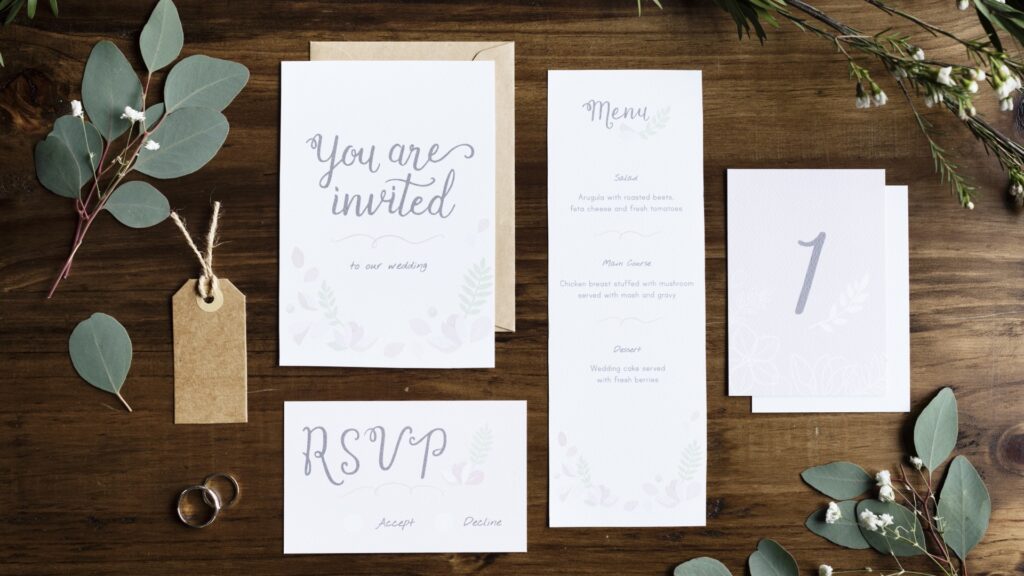When it comes to Invitation etiquette, striking the right balance between professionalism and informality can be a daunting task. This guide will try simplify the process of crafting informal invitations and responses, a skill that is increasingly valuable in our digitally-driven social interactions. Whether it’s a weekend getaway or a casual meet-up, the art of extending invitations warrants a nuanced understanding of language, tone, and structure.
Crafting the Opening Line with Warmth and Personality
Opening an informal letter, note, text, or email sets the tone for the conversation. Opt for a friendly and personal greeting such as:
- “Hi [Name]!”
- “Hey [Name],”
These salutations immediately establish a relaxed atmosphere, inviting the recipient to engage in a friendly dialogue.
Conveying Plans and Ideas with Clarity and Enthusiasm
When sharing your plans or ideas, use a conversational tone that reflects excitement and openness. Phrases like:
- “I’m just writing to let you know that…”
- “I just wanted to tell you that…”
are perfect for introducing your plans in a way that feels both personal and engaging.
Discussing Future Plans: A Blend of Precision and Flexibility
Informal email invitations often revolve around future plans. Here’s how to articulate them effectively:
- Use present continuous for definite plans:
- “We’re hitting the beach next weekend.”
- Apply ‘going to’ for intentions:
- “We’re planning to check out the new café downtown.”
- Opt for ‘might’ for tentative plans:
- “We might catch a movie after dinner.”
- Present simple works for fixed schedules:
- “I’m off work next Friday.”

Inviting with Ease: Phrases that Extend a Welcoming Hand
Making invitations should feel as natural as conversation. Use phrases like:
- “Would you like to join us for a hike?”
- “Do you fancy a weekend road trip?”
These questions are direct yet friendly, perfectly suited for informal invites.
Responding to Invitations: The Art of Acceptance and Polite Refusal
Responding to an invitation requires tact, whether you’re accepting or declining. For acceptance:
- “Thanks for the invite! I’d love to join.”
- “Count me in! Looking forward to it.”
To politely decline:
- “I wish I could make it, but I’m tied up that day.”
- “Sounds fun, but unfortunately, I have prior commitments.”
The Perfect Sign-Off: Ending on a Friendly Note
Conclude your response with a casual, warm sign-off. Options include:
- “Take care,”
- “Best wishes,”
- “See you soon!”
These closings reinforce the friendly nature of your conversation.
The Impact of Informal Invitations in Building Relationships
The significance of well-crafted informal invitations extends beyond mere planning. They play a pivotal role in nurturing relationships, bridging distances, and creating memorable experiences. By mastering this art, you not only organize events but also foster connections and build a network of friends and acquaintances who share your interests and enthusiasm.
Final Thoughts
Mastering informal invitations and responses is about more than just planning events; it’s about creating connections and nurturing relationships. With the right approach, your invitations can become a gateway to unforgettable experiences and strengthened bonds.


